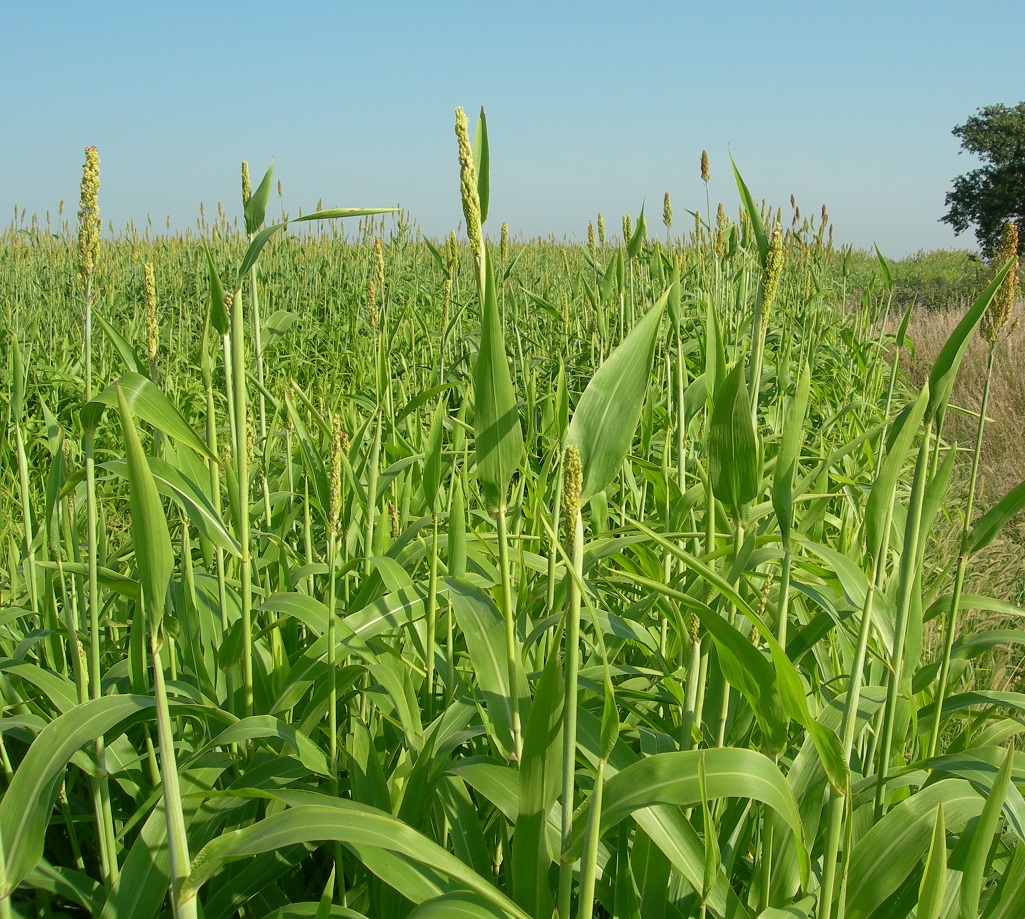
By Bruce Anderson, Nebraska Extension Forage Specialist
Summer heat hit us hard the past couple weeks. How do these high temperatures affect different types of forage plants?
When it suddenly turns ‘hooey boy’ hot – you know, 90 plus degrees and humidity so thick you can almost see it – cool-season plants suffer along with you and me. Alfalfa and clovers, bromegrass, orchardgrass, fescues, needlegrasses, and wheatgrasses all struggle during hot weather.
Do you remember – before air conditioning – how drained you used to feel after spending a night when the temperature never dropped below 80? The same thing happens to cool-season forages, resulting in very slow growth, lower forage quality as plants burn up the good nutrients, and limited recovery of root reserves after defoliation. And if it also is dry these conditions can even become deadly.
Warm-season grasses are just the opposite. Millet, sudangrass, sorghums, and our native bluestems, gramas, switchgrass, and other warm-season grasses thrive when the temperature is around 90 degrees. Their metabolism runs at peak efficiency when it is hot so they grow rapidly while maintaining reasonable forage quality and good root growth.
Of course, this all assumes these plants have adequate moisture. Once they dry up, these grasses will overheat too, just like cool-season grasses do at lower temperatures.
As you graze or hay, be aware of the stress weather is putting on your forage. When it’s too hot, allow plants to recover for a longer time before next use. And don’t expect high feed values or good animal gains when the goodies are burned right out of the plants.
Proper expectations and management adjustments can limit the stress from stressful weather.